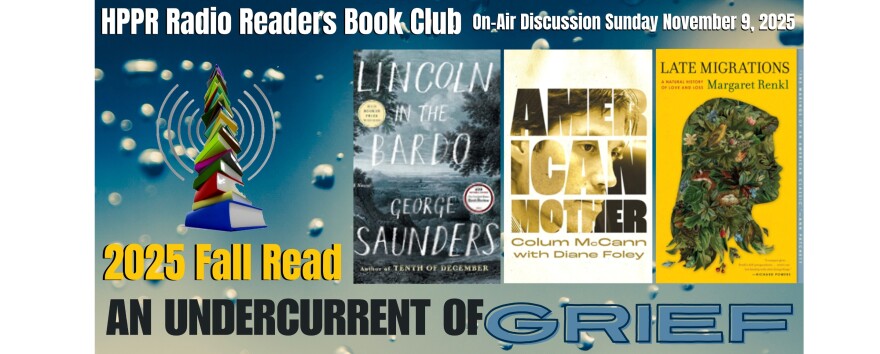I'm Hannes Zacharias, former resident of Dodge City, speaking for High Plains public radio, radio readers book club. The book is Running Out by Lucas Bessire, published in 2021.
Of special interest in the book is the demise of the Cimarron River where people value the water more than the river itself. Although not referred to in the book, equally impacted is the Arkansas River, located just 35 miles north of the “little Rock House”. This time ditch irrigation is the culprit which eliminates virtually all flow in the Ark, an ancient and historic national river.
Ditch irrigation systems have been part of civilization since ancient times and in North America such systems facilitated the vision of ‘manifest destiny’ in overtaking the Great American desert.
Along the upper Arkansas River, the first irrigation ditches were in Colorado at a Spanish settlement about 8 miles east of present-day Pueblo in 1787, but the settlement was abandoned just a few months later.
Big irrigation projects began in 1883 with the ‘Arkansas River, Land, Town, and Canal’ company building a diversion ditch just west of La Junta which ran some 20 miles by 1886. By 1890, with the backing of Kansas and Colorado investors, the canal extended 113 miles to the Kansas border and was irrigating over 40,000 acres.
In Kansas, the first irrigation ditch along the Ark River was dug in Finney County in 1880 after D. R. Menke lost his alfalfa crop to drought. Four years later in 1884, the ill-fated Eureka Irrigation Canal near Ingles was created by George G. and John W. Gilbert of Spearville with the help of businessman Asa T. Soule from their hometown of Rochester, New York.
Later known as “Soule’s Folly” this irrigation ditch was an attempt to divert water from the Ark to rain starved farmers in three counties sneaking its way from Ingalls to near Spearville, Kansas. Water began flowing in June of 1886 furnishing water to a few farmers down to Cimmaron.
Droughts, upstream diversion structures, and destroyed infrastructure due to flooding doomed the business venture and initial investors sold out in 1889 to an English syndicate. In 1908 several investors bought the canal hoping to use the rivers underflow for water supply and purchased two centrifugal pumps which could throw 30,000 gallons of water per minute into the canal. However, thirty five percent of the water was lost due to seepage in the first mile and a half alone and in 1921 a devastating flood wiped out the diversion dam and changed the whole river area sealing the end of the project.
In spite of the troubles of early irrigation ditches, in 1897 there were about 1200 miles of irrigating canals in western Kansas, irrigating up to 200,000 acres.
Today, numerous other ditch irrigation projects have successfully taken the place of “Soule’s Folly” choked off virtually 100% of the Ark River flow leaving a dry riverbed where, for thousands of years, all manner of life used to take part.
Proof that everyone values the water from the Arkansas or Cimarron Rivers, but no one values the river itself.
This is Hannes Zacharias in Lenexa, and you are listening to High Plains Public Radio and the Radio Readers Book Club.










